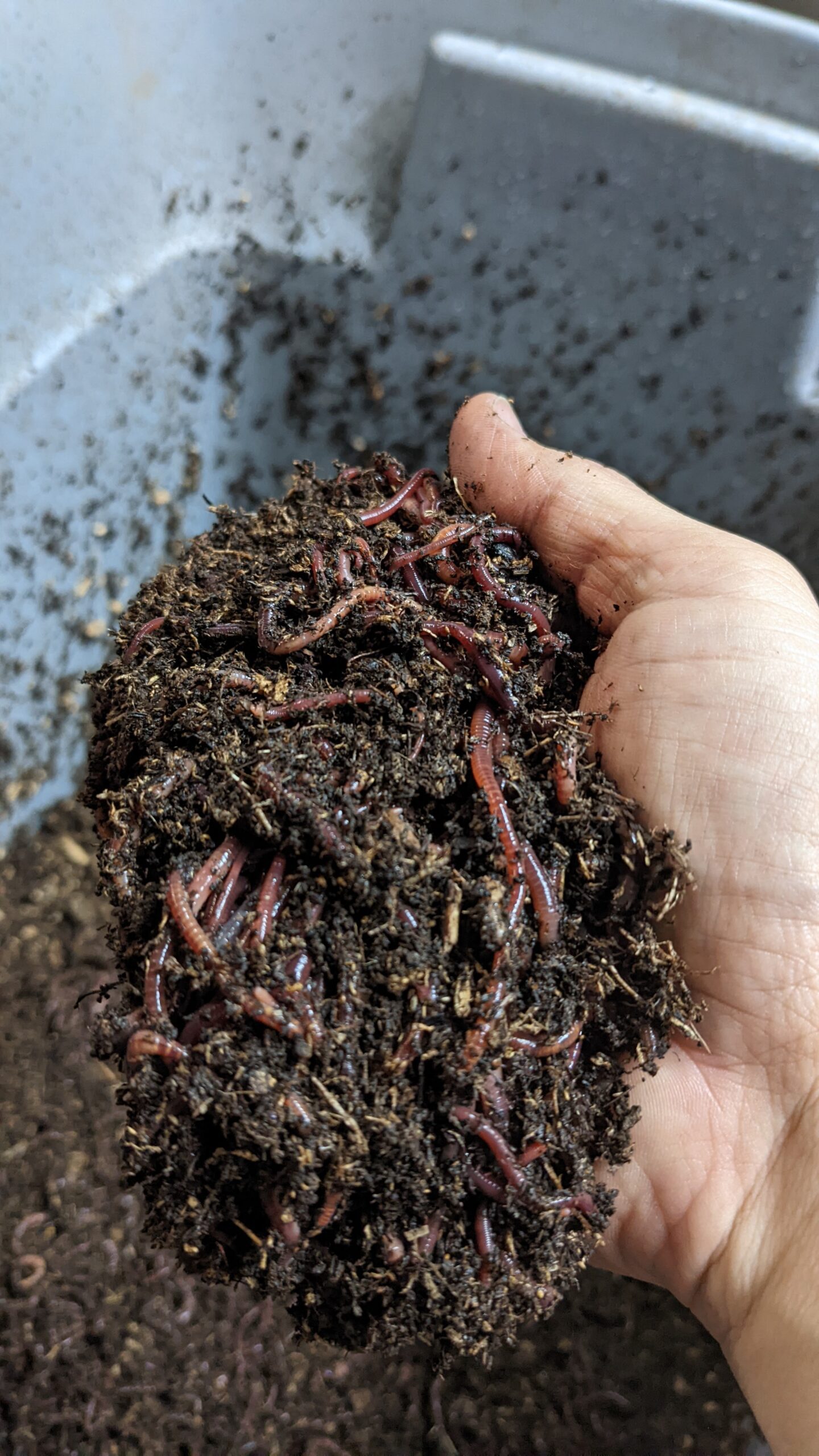A Biased View of Red Wiggler Express
The smart Trick of Red Wiggler Express That Nobody is Discussing
Table of ContentsRumored Buzz on Red Wiggler ExpressThe Buzz on Red Wiggler ExpressFacts About Red Wiggler Express UncoveredThe Red Wiggler Express DiariesThe smart Trick of Red Wiggler Express That Nobody is Talking About
And the growing Red Worm populace? Also in the load that was set up directly in front of backyard composters with existing Red Worm colonies.
Many ranges, consisting of Red Wigglers, European Nightcrawlers, and Lumbricus species were brought over from the European continent. But here's the thingNative or otherwise - and as gifted as they are at being able to make it through in a wide-range of environments and problems -. In various other words, they are even more most likely to hang around in any kind of energetic composting systems you have actually established, than they are to stroll off and start messing up the atmosphere.
Origins need oxygen for respiration and count on smooth airflow within the dirt to grow. When it rains, dirt can end up being saturated with water, decreasing the oxygen available and preventing nutrient absorption. To keep an optimum balance, the soil must permit water to drain properly, leaving enough area for air to support root health
Red Wiggler Express Fundamentals Explained

When it pertains to worms for composting, what comes to mind? If you were an earthworm breeder, dealer, or ordinary gardener, after that you would certainly recognize that red wiggler worms are the perfect worms for vermicomposting. To get more information about these earth marvels, reviewed via a few of the red worm facts listed below.
(http://www.askmap.net/location/7189797/united-states/red-wiggler-express)If they extend their bodies, you'll be able to see the red stripes on their skin. When elevating worms such as red wiggler worms, you should have the ability to know exactly how to profit them. When you have the ability to keep and look after their environment well, and likewise feed them the best sort of natural wastes, after that they'll be able to create nutrient-packed and quality-rich worm spreadings for you (likewise referred to as worm poop or compost).
What Does Red Wiggler Express Mean?
What do worms consume? Well, these red wriggler worms can be fed with cooking area scraps and yard wastes.

This habits makes them appropriate permanently in worm containers, compost heap, and other constrained spaces where organic waste is abundant. Producing an optimal setting for red wigglers requires a thoughtful strategy. Consider the complying with essential components to take care of red wigglers in the house and guarantee their health: Make use of a bed linen of shredded newspaper or cardboard.

Red wiggler worms reproduce by laying small, lemon-shaped eggs in protective cocoons. These cocoons are generally transferred in the bedding and hatch into child worms within a couple of weeks.
An Unbiased View of Red Wiggler Express
Their adaptability and resilience have made them a preferred option for vermicomposting in different areas all over the world. Yes! They can endure from a range of 32F to 90F. They are extremely versatile pests. Think about protective procedures for really extreme temperature levels such as: Insulating the worm bin with layers of straw or leaves.

Simply keep in mind - you can constantly add even more food later on (but it's tough to remove feed once it's been included to a container!).
Because I fed the red wigglers and garden compost worms as well much, they weren't able to keep up and over time the older food went uneaten and produced anaerobic conditions that killed the worms. Below're the 6 golden guidelines for how commonly and exactly how much to feed your worms: Guideline # 1: Moderation!
9 Simple Techniques For Red Wiggler Express
Uneaten food will certainly lead to anaerobic conditions that will certainly eliminate your real-time worms. It is okay to sprinkle a little of their original bedding (which should currently remain in the bin) over the food, however the food needs to never be buried and must show up to your eye. Regulation # 5: See regulation # 1! Policy # 6: After the first feeding, feed the worms 1/3 to 1/2 of their weight.